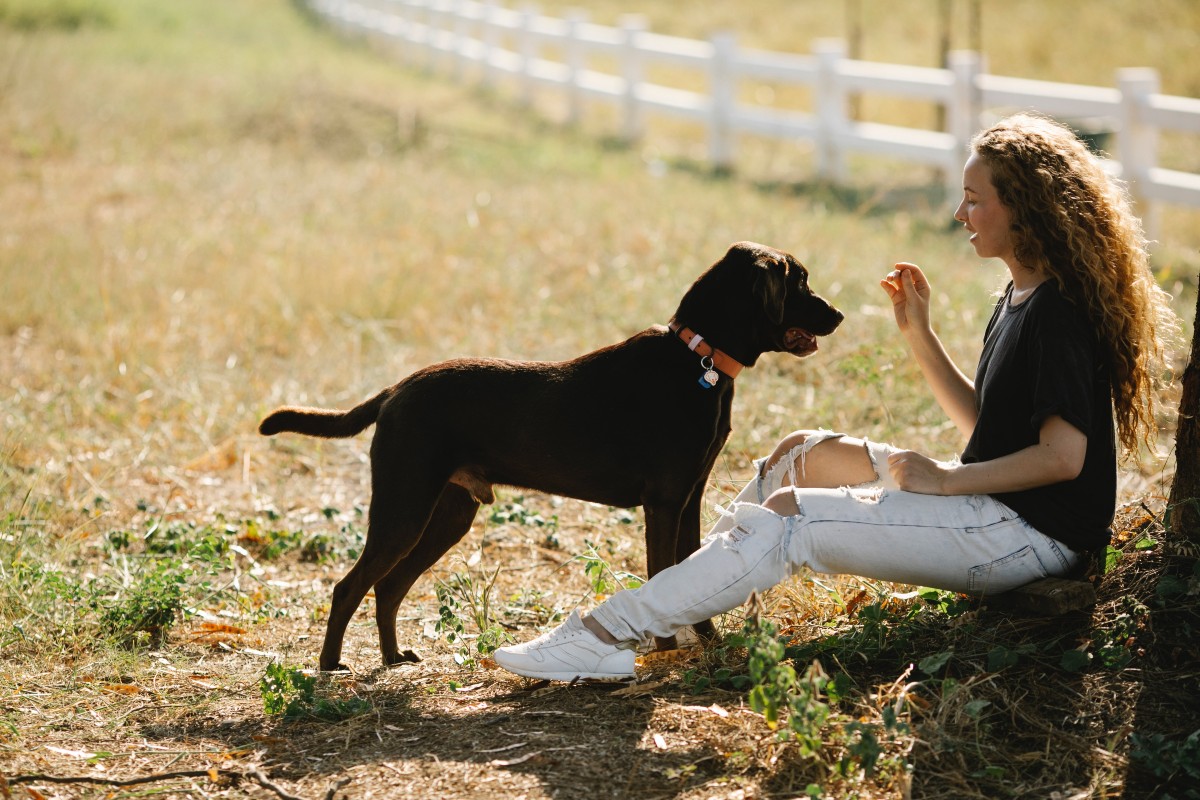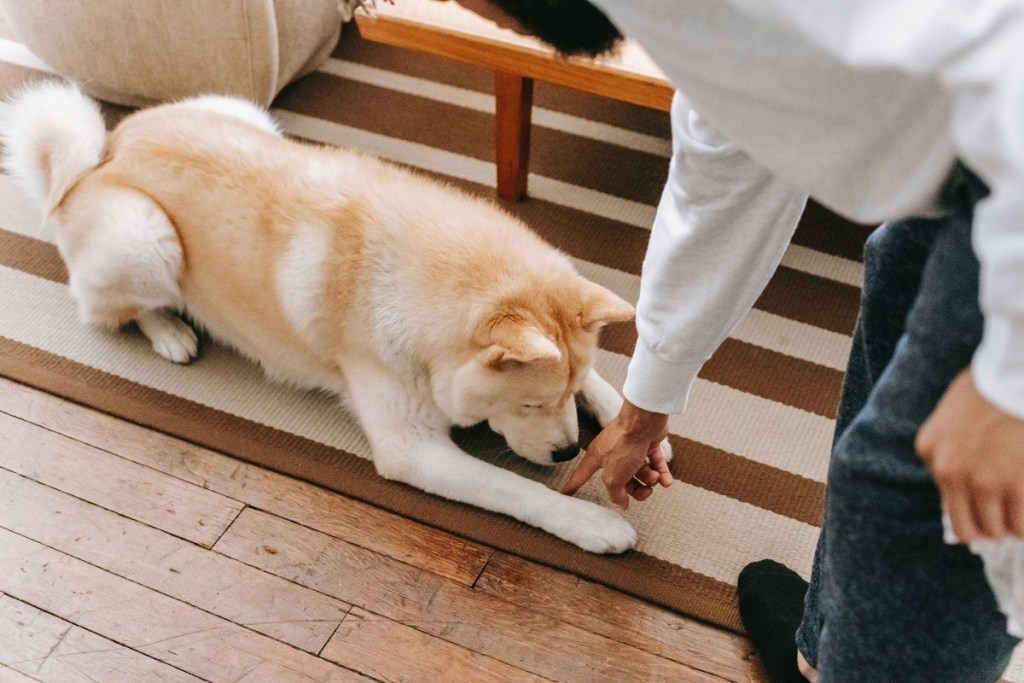Sometimes, it can feel like your dog rules the roost. Those puppy-dog eyes are irresistible, so it’s hard to stay mad at your dog, even if they steal your turkey sandwich off the table. However, the truth is your pup is actually looking to you to lead the way. That’s where training comes in handy.
When you set boundaries and teach your dog to be the best version of themselves, it ensures they stay safe, happy, and healthy. For example, a turkey sandwich may be harmless, but you don’t want your pup eating chocolate off the table. Pet training also reduces the number of animals surrendered to shelters, provides stimulation, enhances your relationship, and can increase your pup’s self-confidence. In 2022, assume the role of pack leader once and for all and have fun doing it. These pet training tips will help.

Keep it positive
Think about a not-so-great experience you had with a leader. Perhaps it was a parent, teacher, or boss who constantly yelled at you. You were probably scared of them and maybe even tuned them out. You don’t want your pet to be scared of you as a result of training. Instead, you want to make it a bonding experience. It’s essential to keep the tone positive. The ASPCA endorses humane, reward-based training that uses food, praise, petting, and play to motivate dogs to learn. Avoid anything that inflicts any unnecessary discomfort or stress on your pet, like yelling or punishment.
Practice and patience are key
While words like “sit” and “stay” have likely been a part of your vocabulary forever, remember they may be new words to your pet. What’s more, if you previously laughed when your pup jumped on the table, they may initially be confused when you start asking them to get down. Habits can be tough to break, but it’s possible. Be patient and consistent. The American Kennel Club recommends practicing in short intervals, such as for five minutes at a time, which can help prevent your pup from getting bored, distracted, or frustrated. Try to end on a positive note with your dog perfectly showcasing a skill or command.
Enjoy a change of scenery
“Sit” holds the same meaning at a park and home. However, if you only practice at home, this fact may not click for your pet. Take your pup on road trips to local parks, dog-friendly restaurants, and loved ones’ homes and try to work in quick training sessions there, so they know to look to you for guidance and direction no matter where they are.
Gauge body language
Practicing is important, but you’ll want to time it right. If you’re exhausted, sad, or afraid of something, it can be hard to learn. The same is true for your pet, but they can’t tell you, “I need a break tonight.” Even so, you can pick up clues from their body language. If your dog is displaying fearful behaviors, such as cowering or rolling over, it may not be the best time or place to hold a session.

Work in stages
You didn’t learn algebra in kindergarten; you probably started math lessons by learning to count. Similarly, it’s important to work in increments with your pet. Start with basic commands, such as “sit,” “stay,” and “come.” Then, break those commands down even further. For example, praise your dog for taking just a couple of steps towards you as they begin to understand the word “come.” Keep the amount of time you ask them to “stay” to a couple of seconds when you first teach them the command and gradually work up to longer intervals.
Final thoughts
Remember, you’re the alpha in the relationship with your dog. Understanding your role doesn’t mean you’re engaging in a power struggle with your fur baby or that you don’t love them. It’s quite the opposite, actually. Teaching your dog using a positive, reward-based training method can improve your relationship. It also helps keep them healthy and safe (knowing how to “stay” can prevent them from running in the street). Dogs enjoy learning and pleasing us, so they’ll gain confidence as they master new skills. Common pet training tips include remaining patient, consistent, and positive. Try to end sessions with your pet doing something well, so they are excited about the next session. Avoid practicing if they seem upset or fearful. You want the experience to be fun for both of you.



